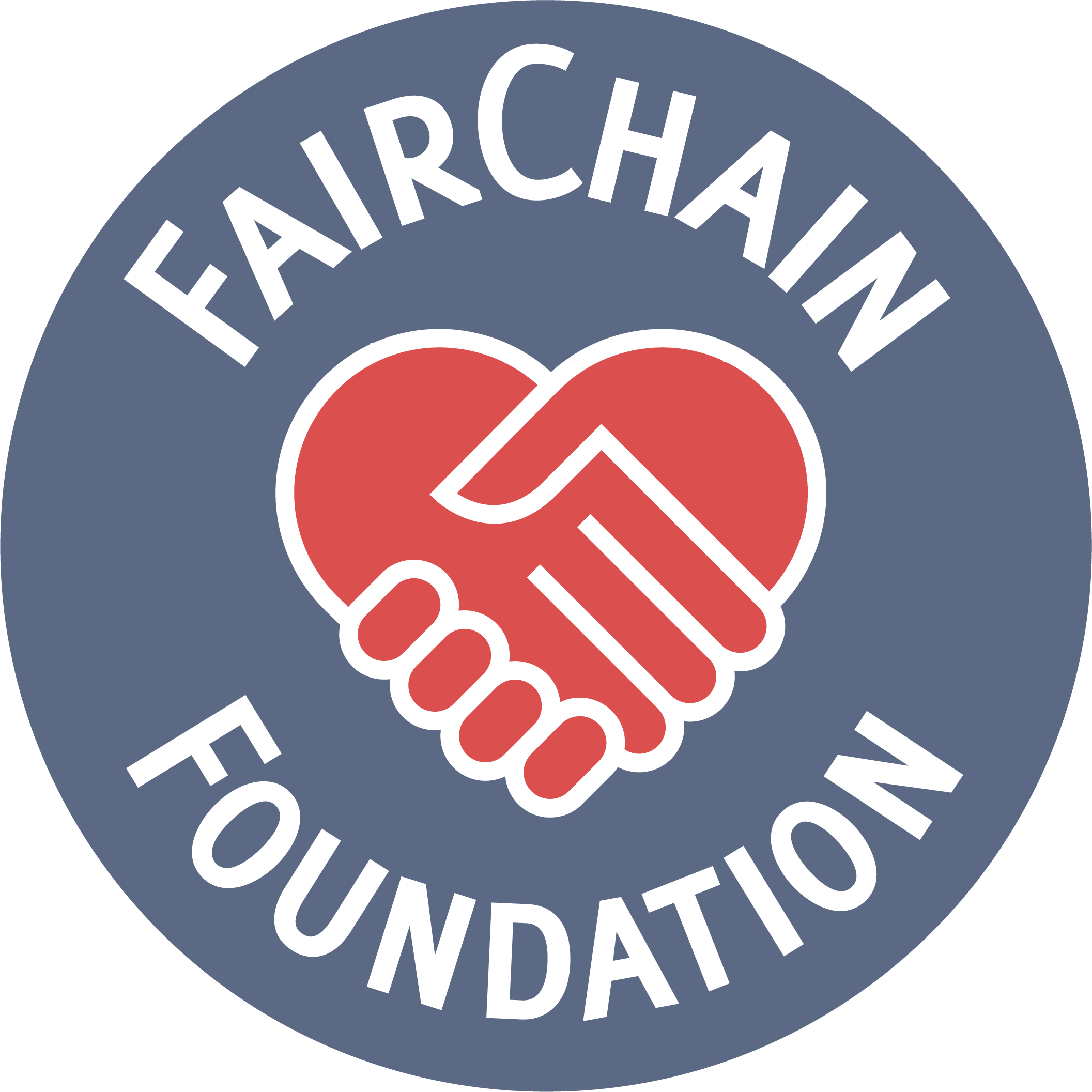 As would be expected in his highly acclaimed coffee book ‘Uncommon Grounds’, Mark Pendergrast tells a story about coffee. Well at least, it mostly comes across as a story, when in fact it’s the history of coffee propaganda in the 19th-century in America.
As would be expected in his highly acclaimed coffee book ‘Uncommon Grounds’, Mark Pendergrast tells a story about coffee. Well at least, it mostly comes across as a story, when in fact it’s the history of coffee propaganda in the 19th-century in America.
Now, for those of you who are still getting up to speed on your coffee history, this was a time when anything and everything went in the world of coffee -so long as at the end of that crazy, twisting and winding production chain, the customers bought the coffee. These were the days of swashbuckling entrepreneurs and enthusiasts like John Arbuckle, Joel Cheek (founder of Maxwell House) and C. W. Post (of the popular coffee substitute Postum). Why, these business cowboys from back in the day were were so hell-bent on doing all it takes to turn a buck that make even us innovative Dutchies look like we’re stuck light-years in the past!
This steely determination to steal market share in the dog-eat-dog market of the 1930s meant that they went to all lengths to make a sale. One of the highlights from Pendergrast’s book is when he provides a comprehensive (though possibly not even entirely exhaustive) list of all of the additive ingredients that were employed back in the days of coffee rationing to mix highly prized coffee beans with other ‘adulterants’. The list, kindly provided in alphabetical order, runs a little like this: “…almonds, arrowhead, asparagus seeds and stalks, baked horse liver, barberries, barley, beechmast, beetro0t, box seeds, bracken, bran, bread crusts, brewery waste, brick dust, burnt rags, burrs, carob beans, carrot, chickpeas, chicory, chrysanthemum seeds, coal ashes, cocoa shells, comfrey roots, cranberries, currants, dahlia tubers, dandelion roots, date seeds, dirt, dog biscuits, elderberries, figs gherkins, gooseberries, haws, hips, holly berries, horse chestnuts, Jerusalem artichokes, juniper berries, kola nuts, lentils, linseed, lupine, malt, mesquite, monkey nuts, mulberries, parsnips, pea hulls, pumpkin seeds, quaker-grass roots, rice, rowan berries, rutabaga, sands, sassafras, sawdust, sloes, sunflower seeds, turnips, vetch, wheat, whey and wood chips. Even used coffee grounds were used to adulterate coffee” (pg. 57).
Give this book a chance and Pendergrast’s unwavering level of quality in coffee research and writing is sure to leave every reader amazed at the road our beloved drink has traveled to becoming the revered specialty good that it is today. The below interview was selected to be featured on this blog for the sterling example of the locally-added value being added to coffee in.. by roasting it in the country of origin (sound familiar?!) which Pendergrast provides right at the start. So go on, go brew yourself a cup of history and settle in for a lesson that will change the way you think about coffee.


